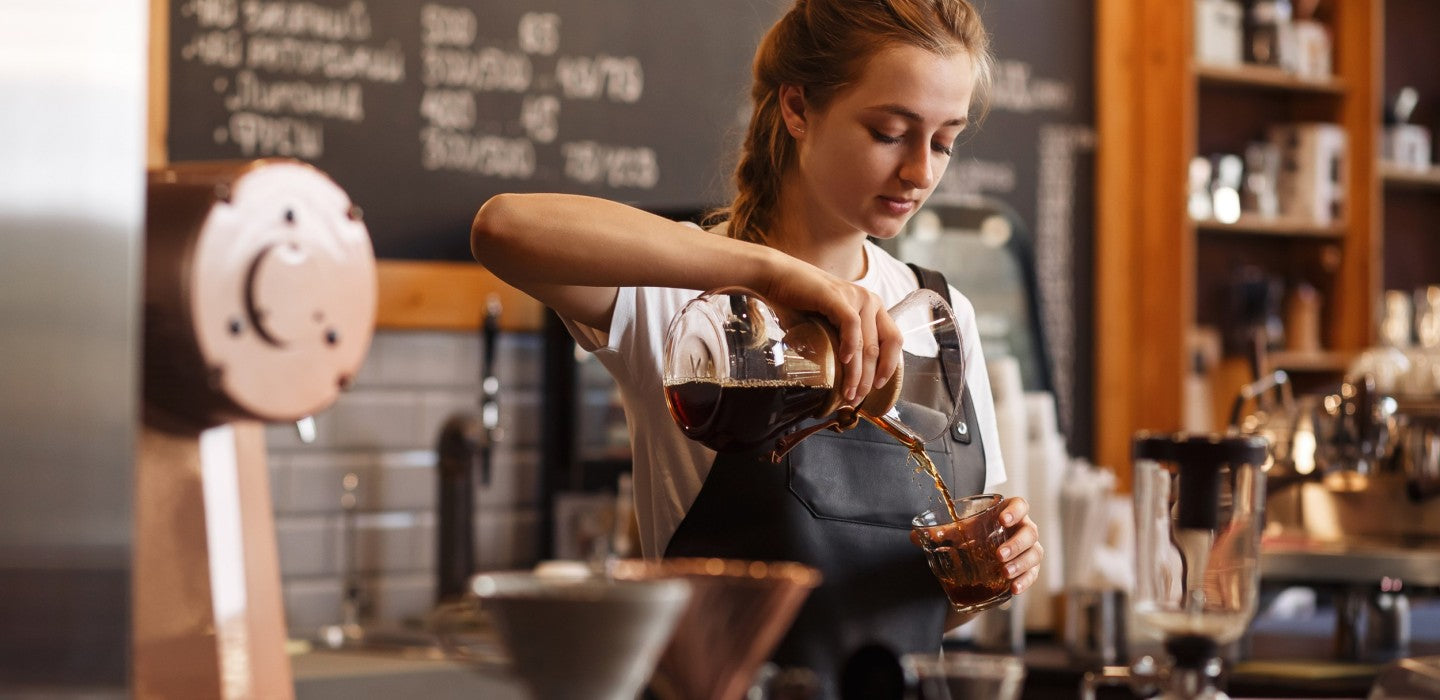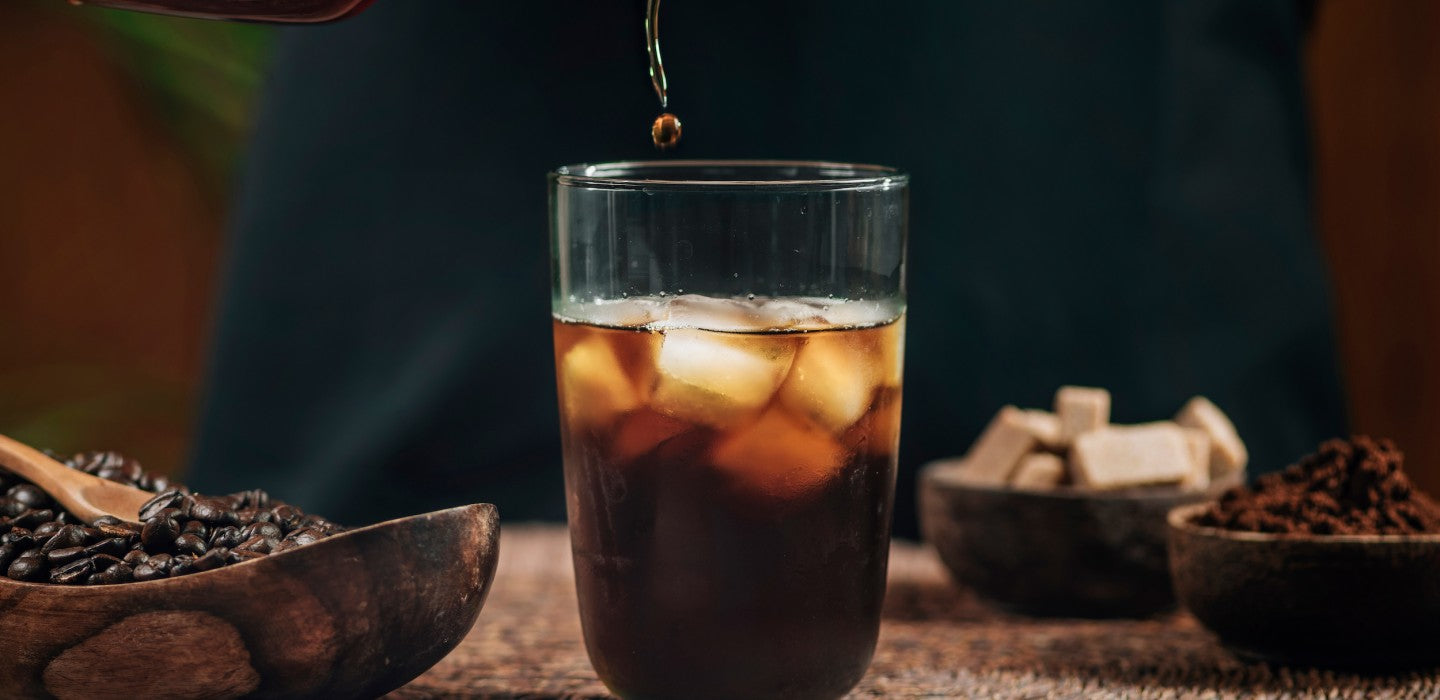The Evolution and Influence of "Coffee-To-Go"
"Coffee-to-go" has become an ubiquitous element of modern day living, entering the global lexicon as a consequence of our ever-increasing, fast-paced lifestyle. It refers to 'coffee intended for consumption on the go', typically served in a disposable paper or plastic cup, a style of coffee consumption that has emerged as a trend in its own right. This article traces the history and impact of coffee-to-go, from its conception to its international popularity.
Tracing the Origins of "Coffee-To-Go"
Casting an eye back at history, the journey of coffee-to-go begins with the invention of the paper cup. Invented in 1907, the paper cup was originally intended for water consumption. However, the Spanish pandemic that erupted about ten years later resulted in the increase in beverages, including coffee, consumed from paper cups as a hygienic solution.
Contrary to popular belief, the first instance of marketed coffee-to-go, as we know it today, arrived around two decades later. The kiosk and fast-food chain 7-Eleven, based in Long Island, New York, began offering hot beverages, including coffee, for takeaway. Initially, these takeaway cups were made of Styrofoam or similar plastic variants.
The Innovations Enhancing Coffee-To-Go Experience
The ingenious invention of the coffee-to-go cup lid can be attributed to the American coffee-chain powerhouse, Starbucks. Initially designed to accommodate the frothy tops of specialty coffees, such as cappuccinos or latt, the lid soon became an integral component of the coffee-to-go culture. It primarily serves the dual purpose of preventing spillage and helping retain the heat of the beverage.
The development traces a alternatively popular anecdote regarding coffee-to-go's conception to a coffee shop owner in the USA. According to this tale, when faced with a shortage of coffee cups, the owner resorted to the use of paper cups. Initially met with resistance, the concept soon gained popularity and led to an increase in the offering of hot beverages in paper cups across an array of cafés.
The Global Emergence of Coffee-To-Go
The term "coffee-to-go" and its accompanying culture dates back to 1964, marking a significant shift in the global coffee consumption pattern. The birth of the takeaway coffee trend evolved from the American coffee chains, with 7-Eleven starting to sell takeaway coffee. The paper cup with a lid version of coffee-to-go that we are familiar with now was introduced by Starbucks in the 1980s.
Slowly but surely, coffee-to-go started permeating globally, making its way to Germany in the 1990s. The influx of this novel coffee consumption trend was influenced by the American coffee chains and first introduced by Tchibo in 1996. Initially, only traditional filter coffee was available for takeaway. However, the ever-evolving coffee culture soon started offering other trendy coffee creations such as lattes or cappuccinos for takeaway.
By 1998, the first American-inspired coffee shop was opened in Germany. Today, coffee-to-go is a worldwide phenomenon, deeply engrained into the lives of consumers in several countries, including Germany.
An Indispensable Part of Modern Living - Coffee-To-Go
It is undeniable that the modern fast-paced lifestyle has deeply influenced our coffee consumption habits. "Coffee-to-go" is now an indispensable part of many people's routines worldwide, offering a convenient yet delicious solution for our caffeine needs.
An integral factor that contributes to the increasing popularity of coffee-to-go is the convenience it offers. Coffee-to-go caters to our increasing need for mobility and time-efficiency. Its popularity also highlights our evolving social fabric, with convenience and timeliness playing a pivotal role in our lifestyle choices.
In Conclusion
From its humble beginnings with the introduction of paper cups, coffee-to-go has paved a groundbreaking path in the global coffee consumption trend. Infusing into the daily life seamlessly, it represents a symbol of modern living and culture, a testament to society's evolving demands and the inevitable impact of convenience. As we further delve into an era characterized by hustle and mobility, coffee-to-go is increasingly set to remain an essential aspect of everyday life.



Leave a comment
This site is protected by hCaptcha and the hCaptcha Privacy Policy and Terms of Service apply.